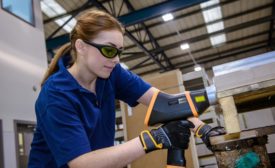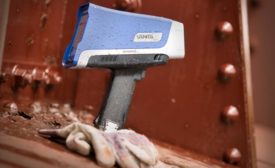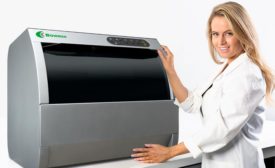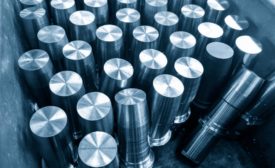Home » XRF analysis
Articles Tagged with ''XRF analysis''
NDT | Back 2 Basics
Handheld XRF can help manufacturers streamline their quality control processes.
Read More
NDT | XRF
How to Measure Metal Coating Thickness Using Handheld X-ray Fluorescence Analyzers
Handheld XRF is an indispensable tool in quality assurance that provides multiple benefits.
February 8, 2022
Back 2 Basics
The 101 on XRF Analyzers
Experts share details on the ins and outs of this technology
April 8, 2021
Why COVID-19 makes materials analysis in quality control more important than ever
Thanks to the continued development of material analysis technologies like LIBS, OES and XRF, testing in-house couldn’t be easier.
October 6, 2020
Fast, Nondestructive Quality Control of Industrial Electroless Nickel Coatings
XRF instruments have been employed widely for many years to determine elemental composition and coating thickness.
June 10, 2020
X-Ray Fluorescence (XRF) Frequently Asked Questions
You can point an XRF analyzer at almost anything and get a result.
April 8, 2020
Automate and Robotize Your 100% Alloy Verification QC Procedure with Handheld XRF
Current advances in handheld XRF technology provide users with analytical results in real time.
November 8, 2019
Stay in the know with Quality’s comprehensive coverage of
the manufacturing and metrology industries.
eNewsletter | Website | eMagazine
JOIN TODAY!Copyright ©2024. All Rights Reserved BNP Media.
Design, CMS, Hosting & Web Development :: ePublishing
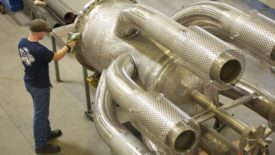

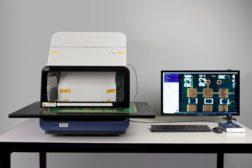
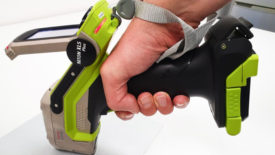
.jpg?height=168&t=1621530074&width=275)
